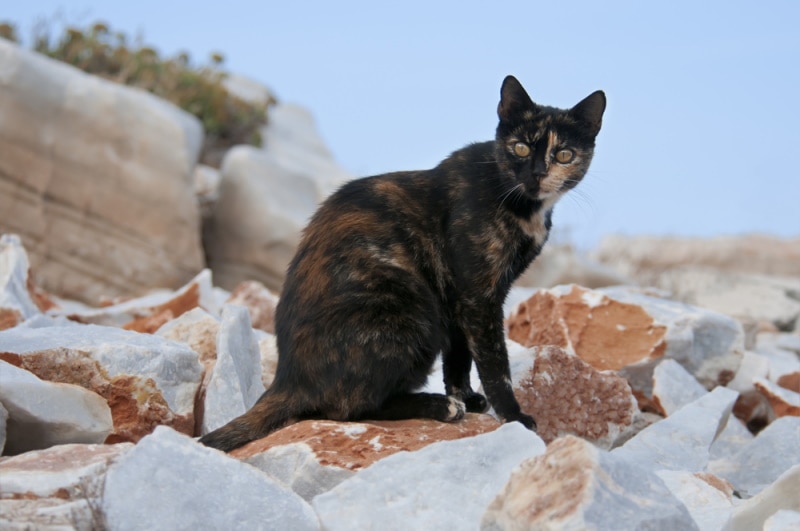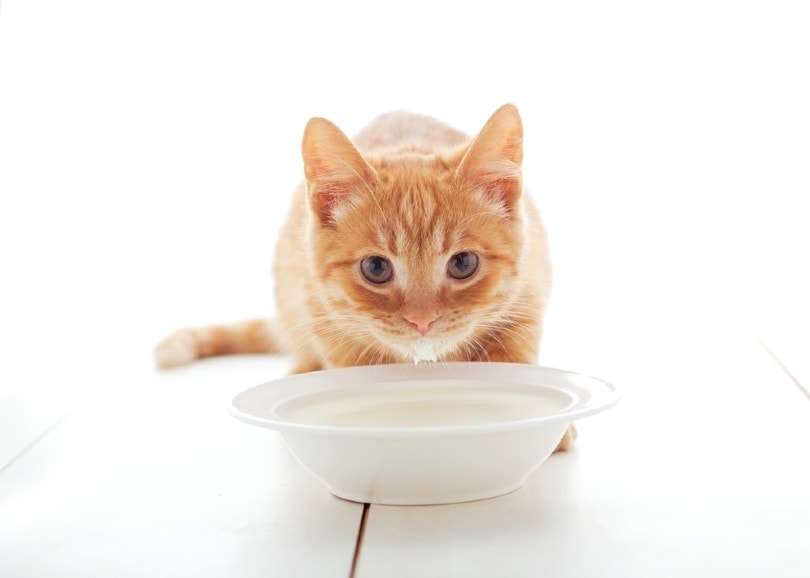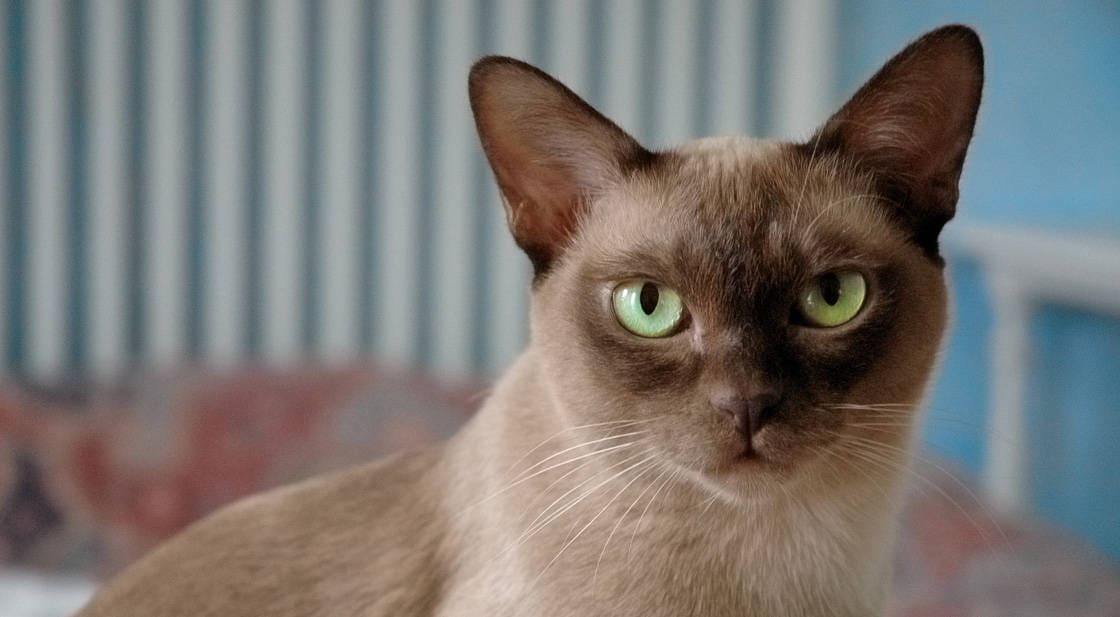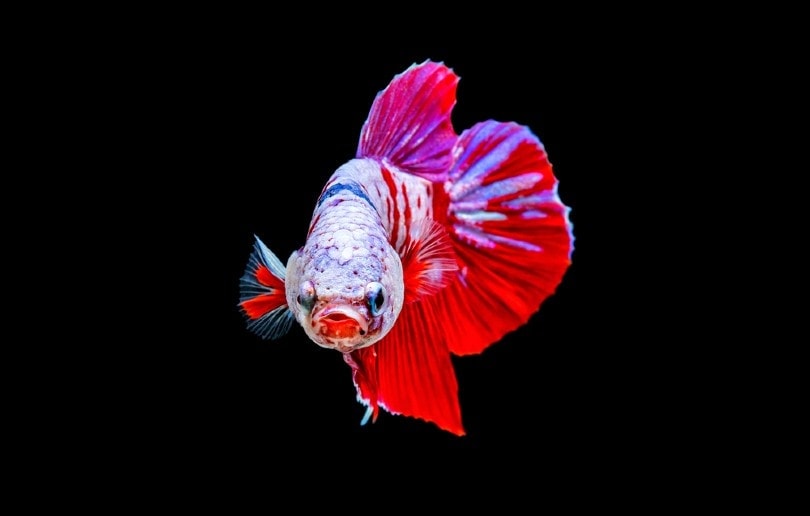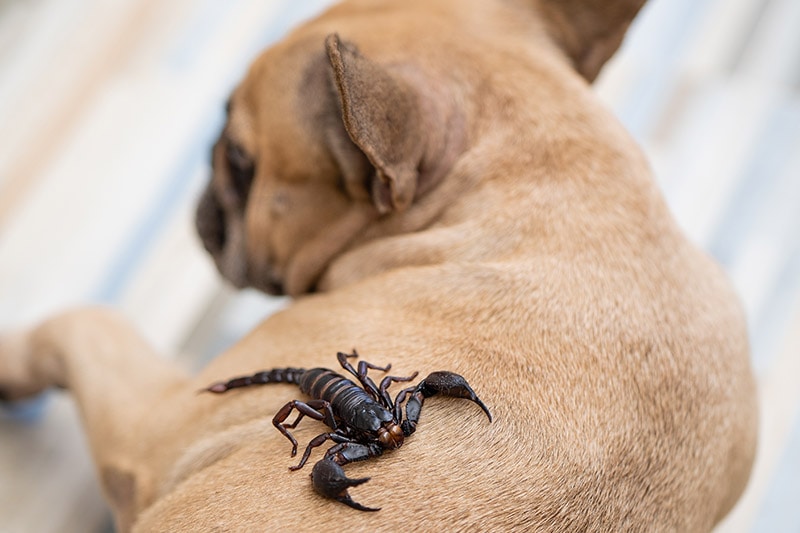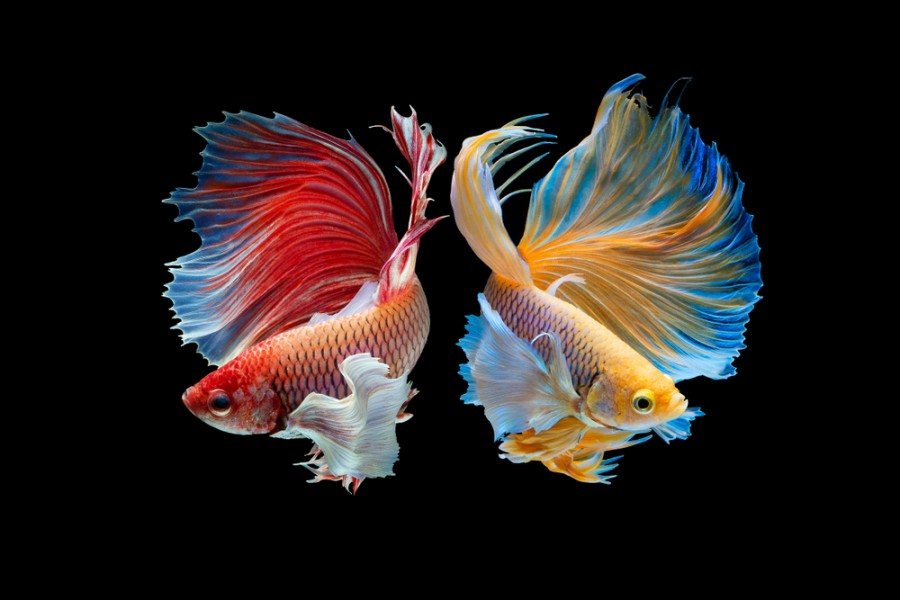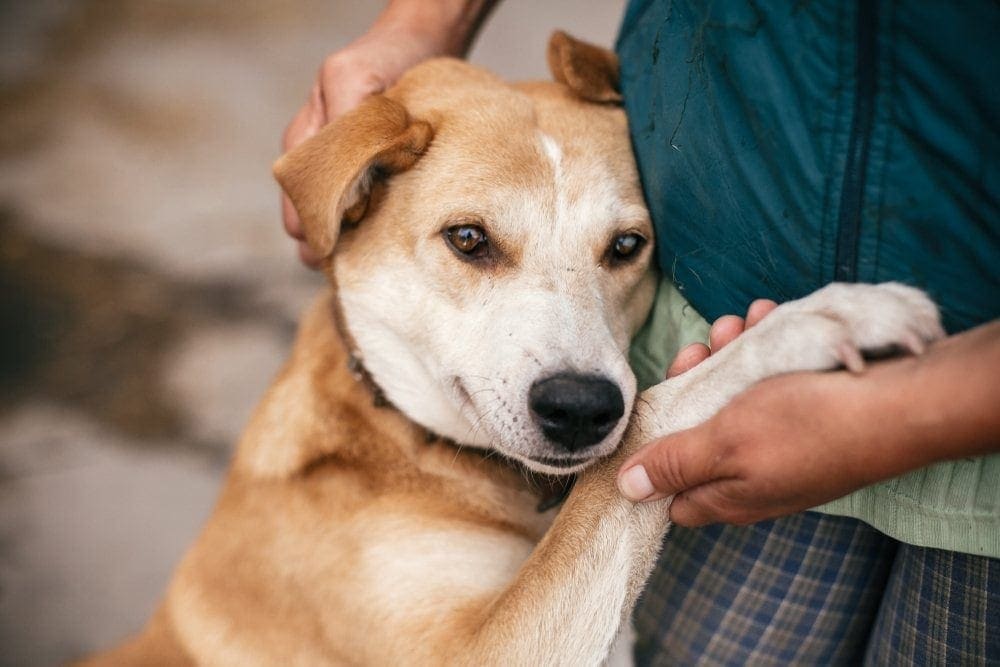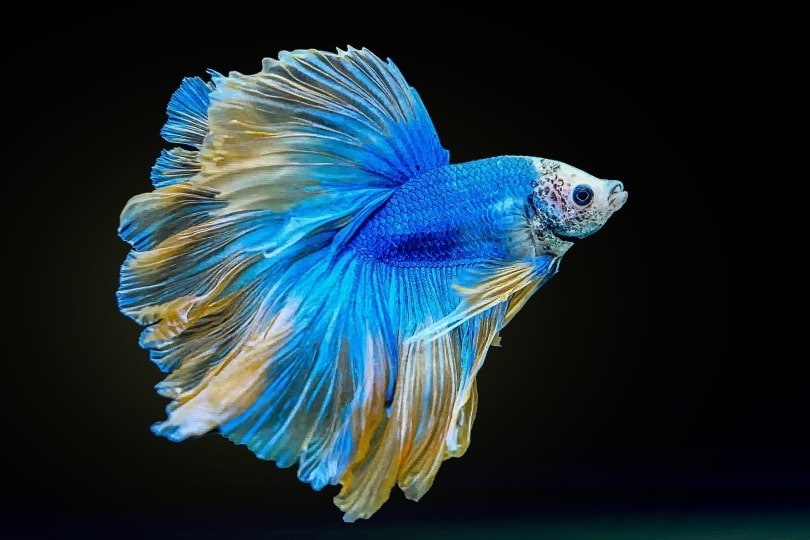Do Cats Understand Smiles? What You Need to Know!

Updated on
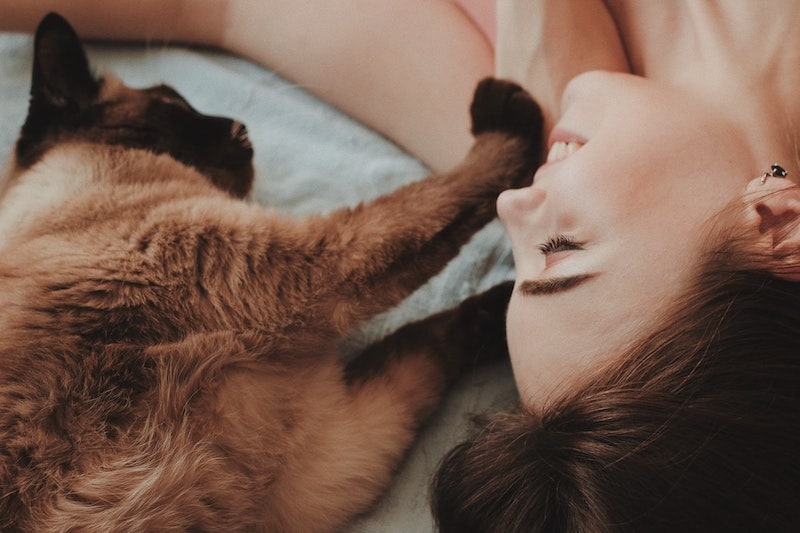
Some of the best things about being a cat owner are the things they do that make us smile. On the occasions that we greet our favorite felines with these cheerful facial expressions, though, we often only receive the usual blank-faced dismissal. As it turns out, cats don’t understand human smiles.
Cats have a different way of communicating than we do. Smiling isn’t in their body language repertoire. That doesn’t mean the grouchy face that they greet you with means they hate you, though; they just show their happiness in other ways.
To help you understand more about cats and smiling, we put together this guide.
Do Cats Understand Smiles?
If you’re a dog owner, you’ll know that your dog loves it when you smile. Their tail will wag and their eyes will sparkle in a way that tells you that they’re delighted too. Our cats, on the other hand, are far more stoic.
Cats rely on body language rather than facial expressions to make their point. This is true whether they’re talking to their feline pack mates or human family members. While we trust facial expressions first, cats don’t. Body language is their way of communicating.
Due to this, it’s unlikely that they understand smiles at all. However, our cats do understand when we’re happy through our body language and the tone of our voices.
Alone, a smile can mean anything. Partnered with happy gestures and positive reinforcement, your cat will relax too. The same can be said for anger. While a frown of disapproval won’t gain much attention, a raised voice or growling will get your cat’s hackles rising.
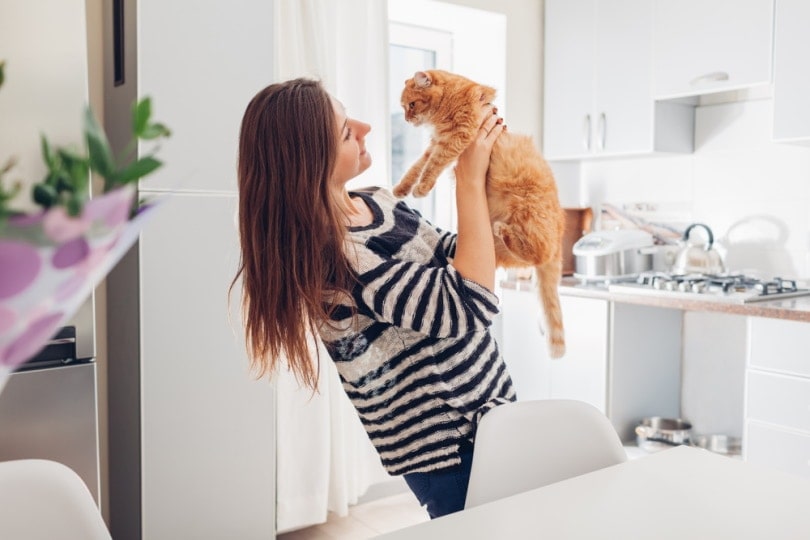
Can Cats Smile?
As dedicated cat lovers, we learn how to read our cats through familiarity and patience. When we know that they’re content, it can be easy to see a smile on their face.
However, cats don’t have the ability to smile. While they can make certain facial expressions, smiling is beyond their skills. This is another reason that they don’t understand why we smile at them.
Their “flehmen response” — which is often mistaken as smiling — is a reaction to particular smells. In their attempt to understand pheromone-rich odors, your cat analyzes scents through the roof of their mouth.
Their lips will curl, and they’ll tilt their head and squint their eyes. To a human, this can look like a smile. But in all likelihood, your cat is probably just wondering what that new smell is.
Your cat can also look like they’re smiling while they’re relaxed or snoozing. They’ll lie in a particular way that makes us see a smile on their face. While it might not be intentional, it’s nice to think that our kitties are having good dreams.
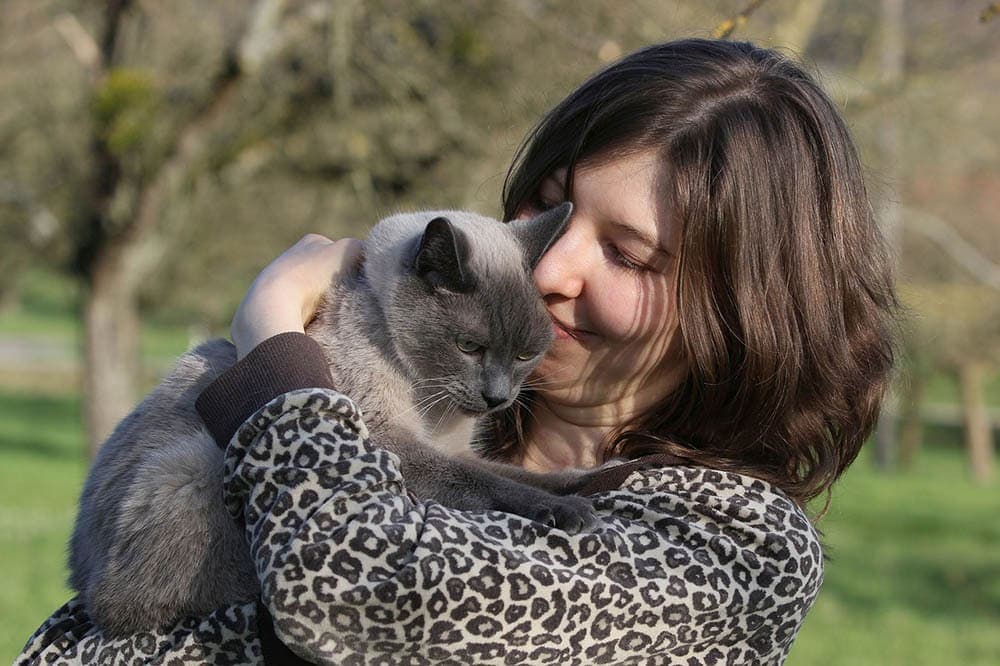
How to Read Your Cat’s Body Language
Cats communicate with each other and us through their body language. A cat’s eyes, ears, tail, and posture can tell us how they’re feeling.
Unlike dogs, which show their emotions in exuberant displays of affection, cats prefer a subtler approach. For the untrained eye, the signs can be easy to miss.
- Aggression: One of the more obvious signs of a cat’s emotions is aggression. If you’ve ever startled your cat or introduced something new to your household, you’ve probably seen them have a fluffed tail and arched back. Cats will also lower their ears, hiss, or growl. Flicking their tails back and forth is another sign of a cat’s discontent. They may appear relaxed and at ease, but the annoyed flick of their tail is often a precursor to a nasty scratch.
- Friendliness: When they want to be, cats can be incredibly affectionate. This includes their method of greeting people they like. When your cat is happy to see you, they’ll often trot toward you with a curve to the tip of their tail. Their ears will be alert and tilted forward too, focused on whomever it is they’re greeting. They’ll also stare at you and blink slowly to let you know that they’re happy with your presence. Marking people by rubbing against them is another obvious sign of their contentment. Cats use their scent to tell others where their territory is. By rubbing their body against your legs, they’re both showing their affection and letting other felines know to back off.
- Vocalization: Cats aren’t big talkers unless it’s something that matters to them or they’re talking to their human companions. They’ll call for food and trill a greeting. Around other cats, though, cats don’t say much out loud at all. They might hiss a warning to another feline, but otherwise, most of their vocalizations are to get their owners’ attention. Purring is a vocalization that can have a range of meanings. Cats use it as a way to show their contentment when you scratch that one spot behind their ears. They can also use it as a method of self-care when they’re not feeling their best.
Final Thoughts
If you’ve ever directed a smile at your cat and wondered why they only give you a disinterested stare, it’s because they don’t understand the expression. That’s not to say that they never understand when you’re happy; they just don’t communicate through facial expressions like we do. Instead, they rely on body language and the tone of our voice to draw conclusions as to how we’re feeling.
Next time you smile at your cat, pair it with a cheerful tone of voice and extra scratches. While your feline might not understand smiling on its own, they will know that you’re happy by your welcoming attitude.
See also:
- How Do Cats Communicate With Each Other? Body Language, Pheromones & Sound
- Cat Communication 101: Cat Body Language & Meowing
Featured Image Credit: Unsplash

